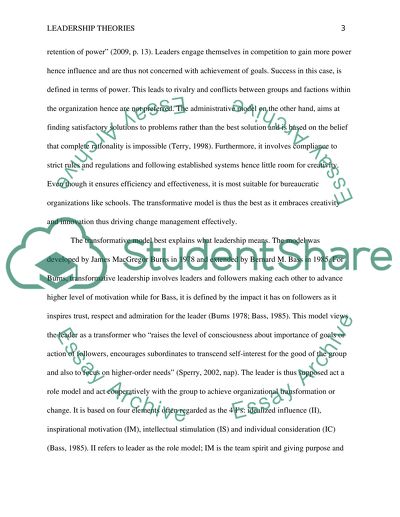Cite this document
(“Assignment 9.1 Essay Example | Topics and Well Written Essays - 1750 words”, n.d.)
Retrieved from https://studentshare.org/psychology/1647581-assignment-91
Retrieved from https://studentshare.org/psychology/1647581-assignment-91
(Assignment 9.1 Essay Example | Topics and Well Written Essays - 1750 Words)
https://studentshare.org/psychology/1647581-assignment-91.
https://studentshare.org/psychology/1647581-assignment-91.
“Assignment 9.1 Essay Example | Topics and Well Written Essays - 1750 Words”, n.d. https://studentshare.org/psychology/1647581-assignment-91.


